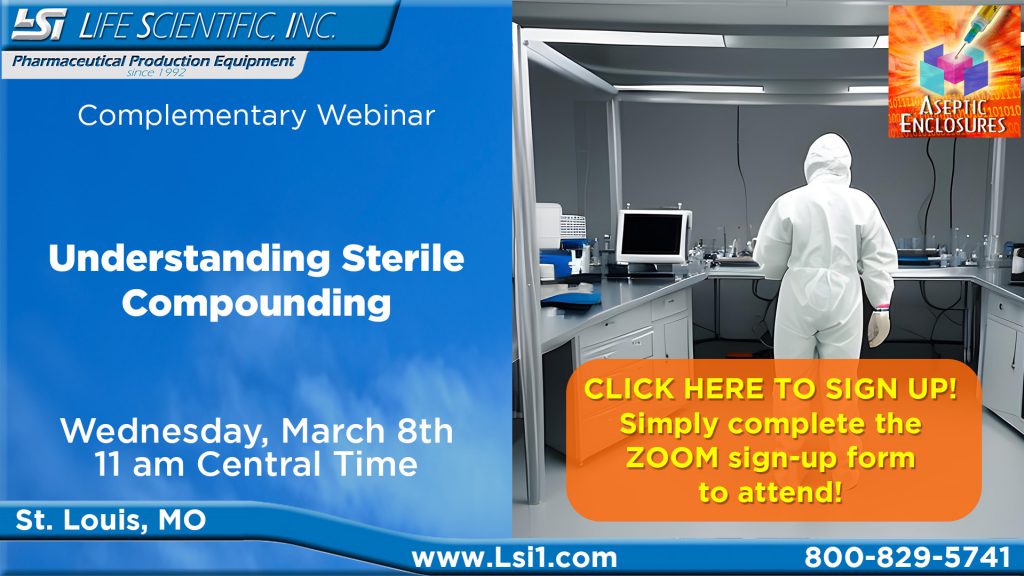Although most pharmacy personnel will say that the highest risk of exposure to hazardous drugs is during the compounding process, we feel that there is an even greater risk of exposure to hazardous materials during shipping and receiving.
Under the current regulations as well as the upcoming USP <800> the hazardous materials are usually ordered from a wholesaler or manufacturer and received in the pharmacy. Reducing Risks of Exposure to Hazorduous drugs, there must be a designated area inside of the pharmacy where all incoming supplies are staged when entering the facility. All hazardous items should be labelled as such and should be distinguishable from the other materials in the same receiving batch. After this all HDs should be stored separately from non hazardous chemicals.
But there is always the risk that vials or bottles might crack or break during transportation. A scenario like this occurred at a facility we encountered with, and ever since we are extremely sensitive on how containers should be handled when coming in from shipping and receiving.
The pharmacy personnel cannot really know what is inside of the transportation box, how was it handled till entering the pharmacy and what state and condition the vials and bottles inside are. A cracked vial or opened bottle may be spilled inside the container and posing an even bigger exposure risk.
By opening boxes that are coming in from shipping and receiving even under the revised USP <800> the operator is still at great risk to become exposed to any affluent that is coming from a box with broken or open vials or bottles. We consider that the damage repair measures and the protocol of handling damaged items as if there was a hazardous drug spill, are not sufficient enough when trying to protect the pharmacy personnel in shipping and receiving.
When the technician goes in, and opens the box, even with the proper protective gear on, it doesn’t really matter if it’s neutral or negative pressurized room, since the person is still getting exposed to any affluent that is coming of the hazardous material toad. One of the major risks associated with opening a container in an open room or Laminar Air Flow Open Hood, can cause direct exposure to hazardous materials that are enclosed inside the lab toad. On one of our site visits while performing a cleanroom gowning & garbing training, we have encountered a pharmacy technician that has been placed under medical surveillance for the rest of his life, due to first air exposure to hazardous materials, that happened when opening a box that came in from shipping and receiving and contained broken vials filled with hazardous chemicals.
As a solution to this issue, We at Aseptic Enclosure has developed the Stage Thru 800, a negative pressure, isolated, Pass-through, CVE (Containment Ventilated Enclosure) device that is intended to provide a significantly safer way for incoming shipments to be staged and prepped for entry into the hazardous drug compounding area.
This equipment is designed to provide a protective barrier for the operator. It is not iso-classified. It is not appropriate for any type of aseptic operation. The StageThru removes the risk of exposure to Hazardous materials of the operator that is handling incoming shipping containers.
The main purpose of the StageThru 800 is to make the staging and opening boxes that are coming in from shipping and receiving a safe process.
Get in touch with us if you’d like to learn more about our StageThru800 CVE or our XLTC800 series isolation systems. A great side by side comparison of the performance of our XLTC800 and the minimum requirements of the USP 800. https://asepticenclosures.com/usp800vxltc800/

